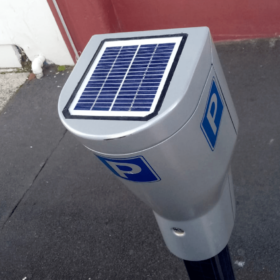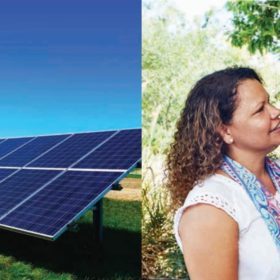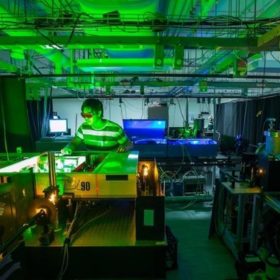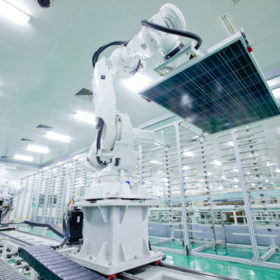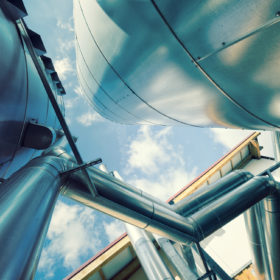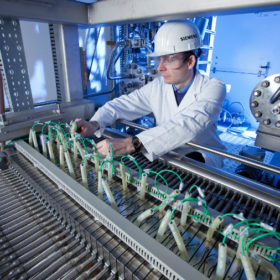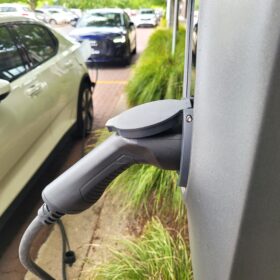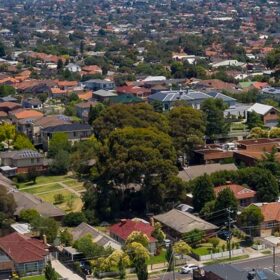Solar for parking machines
New Zealand researchers have proposed a way to assess the technical and economic feasibility of PV-powered parking machines. Solar might be an ideal solution, but the siting of the machines is critical and should be planned in advance, in line with available solar radiation and potential shading.
CSIRO report shows flightpath to hydrogen fuelled commercial aviation
With the disruption of Covid-19 highlighting the climatic impact of the aviation industry, a recent report from the CSIRO funded by Boeing shows that hydrogen fuel’s technological momentum could see clean hydrogen used in airports by as early as 2025, and a full transition from conventional jet fuel by 2050.
$245,000+ in AMGC funding accelerates the prospects of home-grown Li-ion battery manufacturer
COVID-19 has enhanced the conviction that Australia will benefit from advanced manufacturing and sovereign supply. Homegrown battery manufacturer Energy Renaissance is poised to drive home that advantage.
WA Recovery Plan to invest $66.3m in solar and batteries
The Western Australian Government’s $5.5 billion WA Recovery Plan was released yesterday, the plan features $66.3 million in renewable energy investment, most of that to go on solar and batteries, along with a significant top up of the Clean Energy Future Fund.
Solar lights a pathway through lockdown
Thanks to the Covid-19 many of us find ourselves in lockdown with little reprieve other than a morning potter or an evening stroll. In Goulburn, thanks to what is being called Australia’s largest solar lighting installation, locals can now more easily walk and cycle their way to the salutary effects of a daily jaunt.
New light: Researchers extend the range of solar cell sensitivity
In a world-first, scientists in Australia and the United States have managed to upconvert light from below the silicon bandgap with the help of oxygen into high energy light that can be captured by silicon solar cells.
Jinko claims 24.79% efficiency for n-type monocrystalline cell
The Chinese manufacturer has claimed a world record for a large-size, contact-passivated solar cell. The result, certified by Germany’s Institute for Solar Energy Research in Hamelin, betters the company’s previous record by almost 0.6%.
7 major players shortlisted for ARENA hydrogen funding round
Commercialisation of hydrogen production is a Government priority. Today seven applicants for ARENA funding of large-scale hydrogen proposals made it through to the next round, in which they will submit full applications for projects that will be expected to commence construction in 2022.
Green hydrogen to reach price parity with grey hydrogen in 2030
IHS Markit’s latest report looks at a wave of new investments in large-scale projects. Economies of scale and technological improvements, as well as renewables deployment, could make green hydrogen price-competitive with grey and blue hydrogen.
Australian Hydrogen Council signs five new MoUs including with the Clean Energy Council
The Australian Hydrogen Council is making the most of its universal popularity by singing five new Memoranda of Understanding (MoU) with key organisations in the Asia-Pacific and Canada including the Clean Energy Council and Bioenergy Australia.
